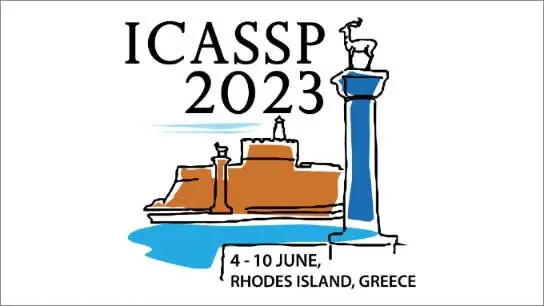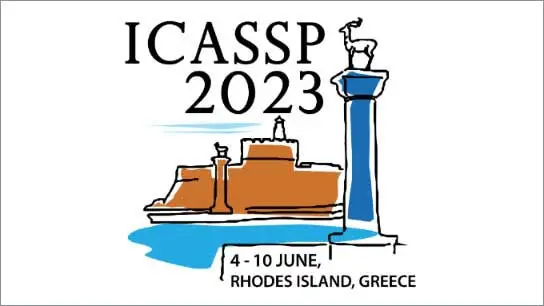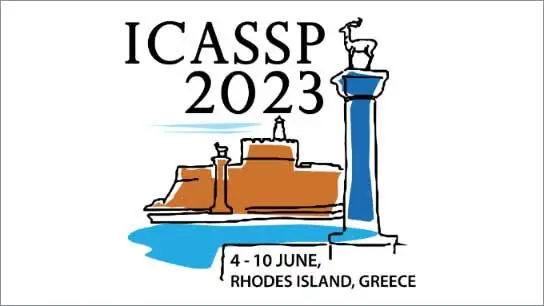Counterfactual explanation for multivariate times series using a contrastive variational autoencoder
William Todo (Liebherr aerospace ); Merwann Selmani (Liebherr Aerospace Toulouse); Béatrice Laurent (Institut de Mathématiques de Toulouse (UMR 5219), Université de Toulouse, INSA de Toulouse); Jean-Michel Loubes (Université Toulouse Paul Sabatier Institut de Mathématiques de Toulouse)
-
Members: FreeSPS
IEEE Members: $11.00
Non-members: $15.00
07 Jun 2023
We tackle the issue of anomaly detection for multivariate functional data in a supervised setting. Deep learning applied to multivariate time series has become common nowadays, especially for medical data such as electrocardiogram (ECG). There are not many explanability techniques that can handle multivariate time series.
In this paper, we propose a model to understand abnormal class features on multivariate time series. We present a new variational autoencoder (VAE) training method that focuses on dividing the latent space into general and class-based features using supervised contrastive learning. The Contrastive VAE produces a well-organized latent space that enables us to modify only the class-based features and to use the generative part of the VAE to produce counterfactual examples.
This method is able to easily provide plausible counterfactual observations, which highlights the differences between pathological and non-pathological data.
We demonstrate the superiority of our approach over other counterfactual methods in terms of validity and performance.



